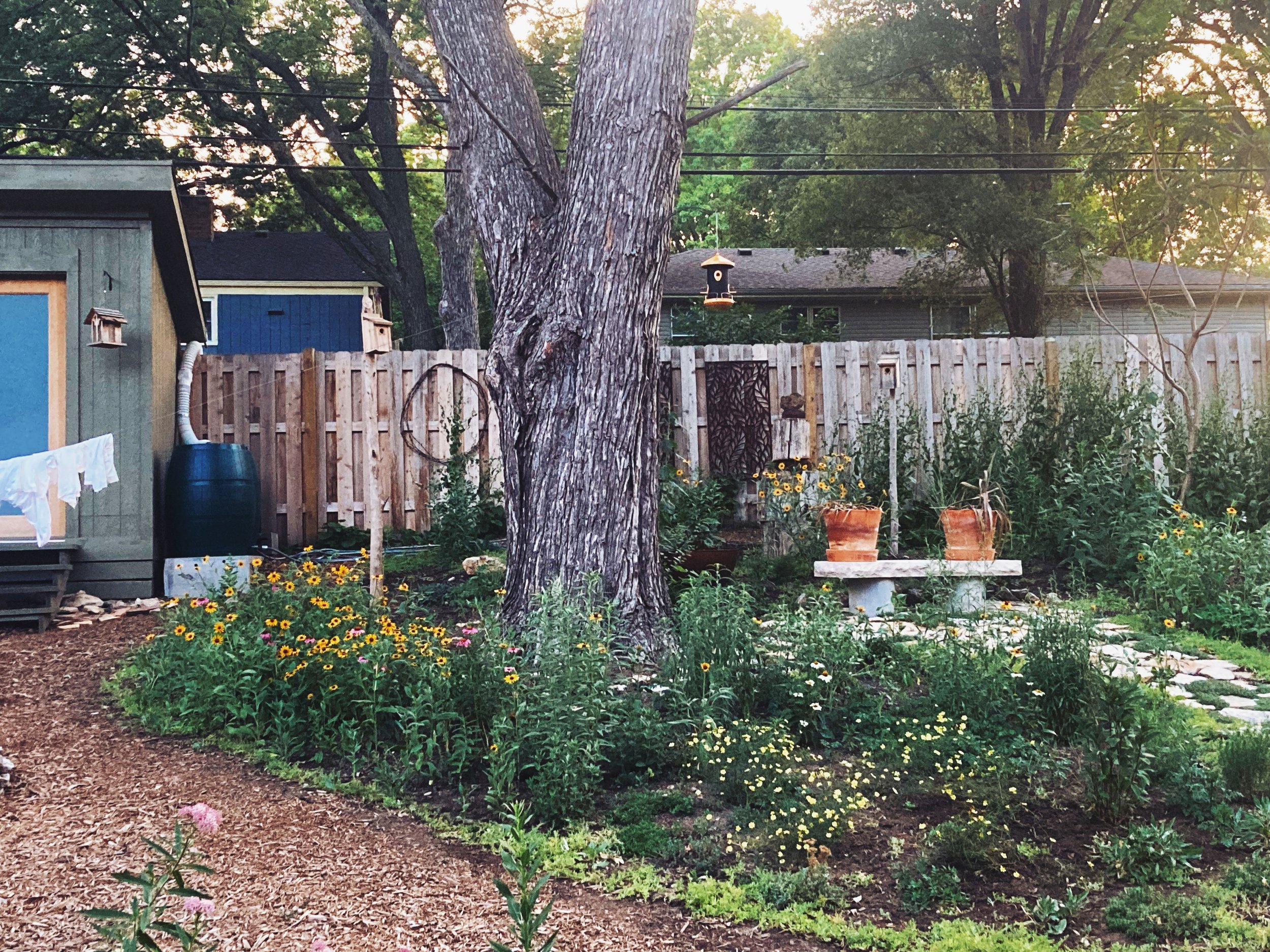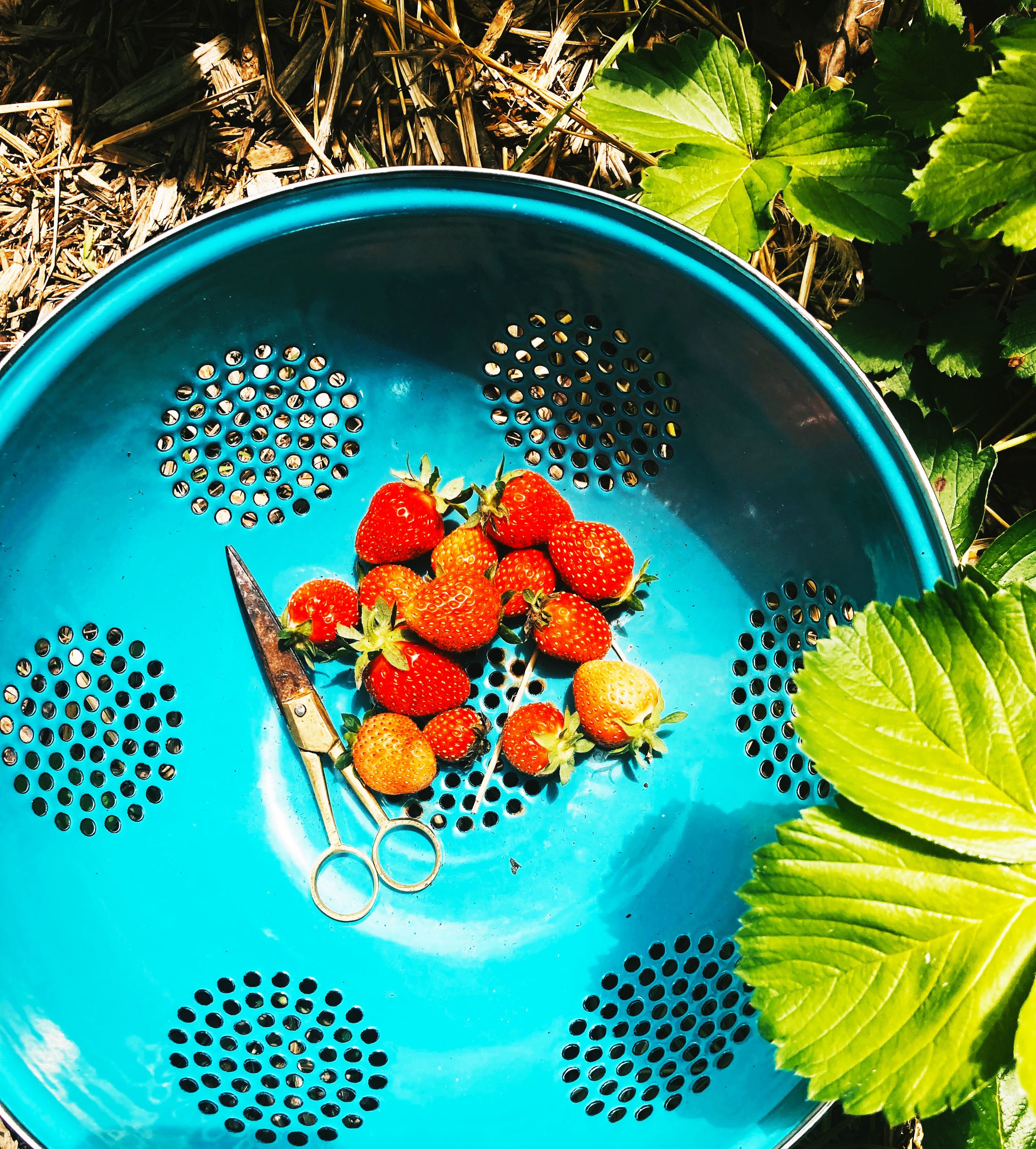
Outdoor spaces for people, pollinators,
and the planet.
rethink your lawn
Grow more than just turf… natives & other beneficial plants support wildlife, restore nature, save resources, and bring beauty to your life.
Our landscaping choices impact native birds and insects by providing food and shelter they need to survive. Less watering & mowing, no fertilizer required… a healthier place to live for all.
from seed
to flower…
We will help find the best plants for your space, create a landscape design to suit your lifestyle, develop an action plan, manage the project to completion, and help maintain each new season.
-
Let's talk about what you want and tour your current outdoor space.
-
We develop a plan based on sun, soil, and your daily life outside.
-
Let's get your yard ready for new plants.
-
Item description
-
Item description
-

natives
A native plant is a species that naturally occurs within a specific ecosystem (without human intervention) and shares an evolutionary history with the other species in that area. These relationships make them crucial for the health and productivity of that ecosystem.
-

edibles
Edibles plants produce fruits, vegetables, herbs, etc. Many are annuals that need to be replanting yearly, like tomatoes, lettuce, potatoes, etc. There are others that are perennials which come back year after year, like strawberries, raspberries, asparagus, etc.
-

dye
Dye plants can be native or edible, annual or perennial. A dye plant is any plant that has colorfast pigments that can be applied to fabric or paper.
native to Midwest
loss of habitat =
loss of biodiversity
Midwest native plants can make a big difference for our environment…
Boosting Biodiversity: Traditional lawns might look tidy, but they offer very little habitat for wildlife. But a garden filled with native plants is a thriving ecosystem. These plants provide food and shelter for local insects, birds, and other creatures, creating a diverse environment.
Cleaner Creeks: Fertilizers, herbicides, and pesticides are major culprits in polluting our creeks. They can harm aquatic life and spread diseases, while native plants act as natural filters. Their roots help trap and break down pollutants before they reach our waterways, keeping our creeks healthier and more vibrant.
Better Water Retention: Native plants and trees have deep, extensive root systems helping retain rainwater where it's needed. This reduces storm water runoff, prevents soil erosion, and keeps your garden lush.
Native oak trees support over 500 species of caterpillars.
It takes over 6,000 caterpillars to raise one brood of chickadees.
the spice of life
Three out of four seasons you can grow a garden in the Midwest! Want fresh herbs? Eat salads daily?
Connect with your food, feel healthy, & save at the grocery store.
create with your plants
Deepen your relationship with nature by utilizing ancient techniques for color creation on paper and fabric. Many well-known & native species are can be used. You can even grow your own indigo!
your new living room should be comfortable…
-
outdoor cooking + firepits
-
decks + patios
-
water features
-
sheds + shelters
-
paths + walkways
-
garden beds

Still want turf?
No prob!
There are plenty of clovers and grasses that can withstand the wear & tear of daily play that don’t require as much watering or mowing as typical sods. Many even benefit pollinators!
The U.S. has 63,000 square miles of turf grass
A gas-powered lawn mower pollutes as much in one hour as 40 cars driving
30-60 percent of urban fresh water is used for watering lawns
67 million pounds of pesticides are used on U.S. lawns each year
580 million gallons of gasoline are used in lawnmowers each year
$25 billion is spent on lawn care each year in the U.S.
We can make a difference.
thinking towards the future
Start planning your new yard at least a season before planting. The dead of winter is a great time to plan for spring. You will need time for design, site prep, & plant availability.
first year sleep
second year creep
third year leap
Establishing a yard takes time. You can expect the first year to be underwhelming with little growth. The second year will have some visual progress, while the majority of energy is establishing roots. By the third year your plants will transform your space.
Start planting!
Start planting!
Even if you aren’t looking for a full yard transformation, restoring a section of yard makes a difference. We can start with an overarching plan, and ease your way into a full transformation with an end goal in mind.
Or go all in!
Conservation can be done at all scales.
what we’ve lost… what we can restore…
-

Prairies and savannas covered almost 90 percent of the land. Today, prairies make up only 2 percent of the region’s land.
-

Prairies and savannas covered almost 90 percent of the land. Today, prairies make up only 2 percent of the region’s land.
-

Many landscaping plants sold in nurseries are alien species from other countries. These exotic plants break local food chain and become invasive pests, outcompeting native species and degrading habitat.
-

Each year, Americans douse their lawns and gardens with almost 3 trillion gallons of water and 59 million pounds of pesticides.
-

Between 2008 and 2016, the US converted more than a million acres of grasslands and other ecosystems into cropland each year.
-

Between 2008 and 2016, the US converted more than a million acres of grasslands and other ecosystems into cropland each year.






























